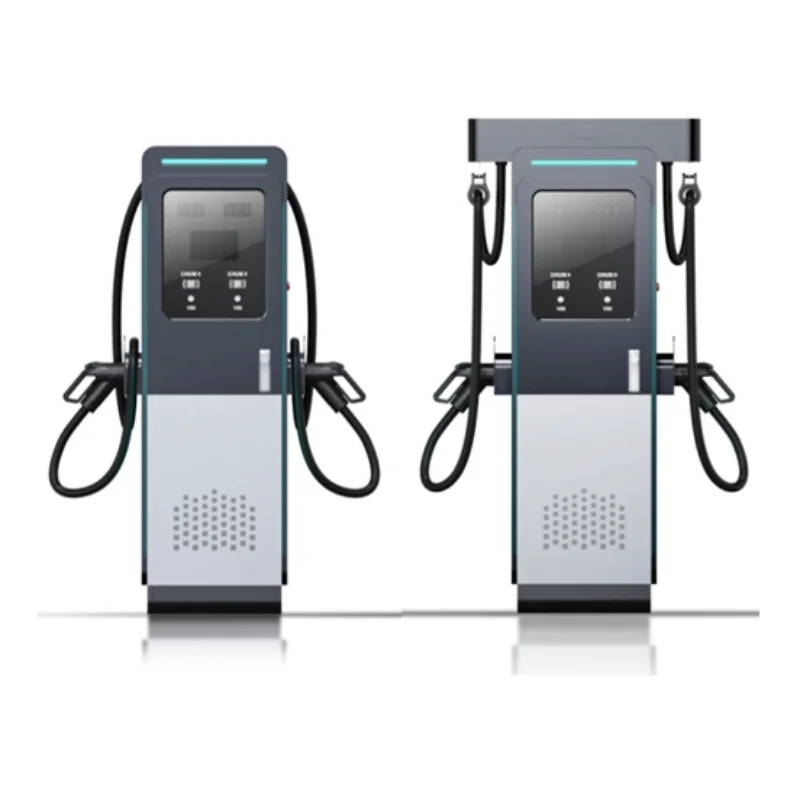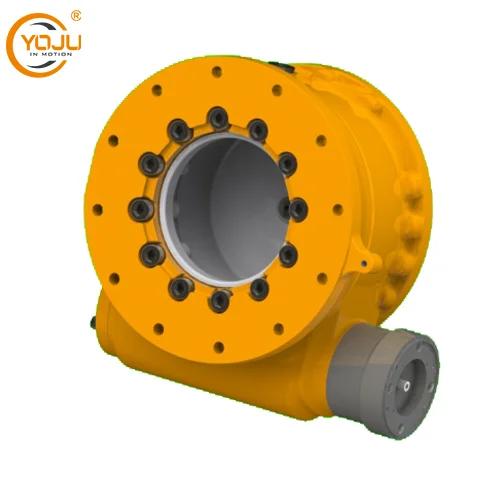Maintaining the pristine appearance of your car's paintwork is essential for both aesthetic appeal and long-term protection. However, heavy contaminants such as tar, tree sap, and industrial fallout can be stubborn and challenging to remove. In this blog post, we will explore advanced techniques and professional tips to effectively eliminate these contaminants from your car's paint, ensuring a flawless finish.
- Preparing the Surface:
Before attempting to remove heavy contaminants, it is crucial to prepare the surface properly. Thoroughly wash the car using a pH-neutral shampoo and a microfiber wash mitt to remove loose dirt and grime. Rinse the vehicle thoroughly and dry it using a clean, lint-free microfiber towel. - Identifying and Assessing Heavy Contaminants:
Different contaminants require specific removal techniques. Inspect the paintwork carefully to identify the type and severity of the contamination. Tar spots, for example, can be identified as sticky black or brown spots, while tree sap appears as hardened droplets. Understanding the nature of the contaminants will help you choose the most appropriate removal method. - Clay Bar Treatment:
A clay bar is a professional-grade detailing tool that effectively removes embedded contaminants from the paint surface. Start by lubricating the area with a clay bar lubricant or a diluted detailing spray. Gently glide the clay bar over the affected area using light pressure, allowing the bar to pick up the contaminants. Regularly fold and knead the clay bar to expose a clean surface. Afterward, wipe the area with a microfiber towel to remove any residue. - Chemical Solvents:
For more stubborn contaminants like tar or adhesive residue, chemical solvents can be highly effective. Apply a specialized tar remover or adhesive solvent to a microfiber cloth and gently rub the affected area. Allow the solvent to dwell for a few minutes, then wipe it off with a clean cloth. Rinse the area thoroughly and dry it to ensure complete removal. - Polishing and Finishing:
After successfully removing heavy contaminants, it is essential to restore the paint's gloss and protect it from further damage. Use a dual-action polisher with a mild polishing compound to remove any remaining marks or swirls caused during the removal process. Follow up with a high-quality carnauba wax or paint sealant to provide a protective barrier against future contaminants.
Conclusion:
Removing heavy contaminants from car paint requires a systematic approach and the use of advanced techniques. By following the steps outlined in this article, you can effectively eliminate stubborn contaminants, restore the paint's shine, and protect it from further damage. Remember to always use professional-grade products and techniques to ensure the best results and maintain your car's appearance for years to come.







+ There are no comments
Add yours